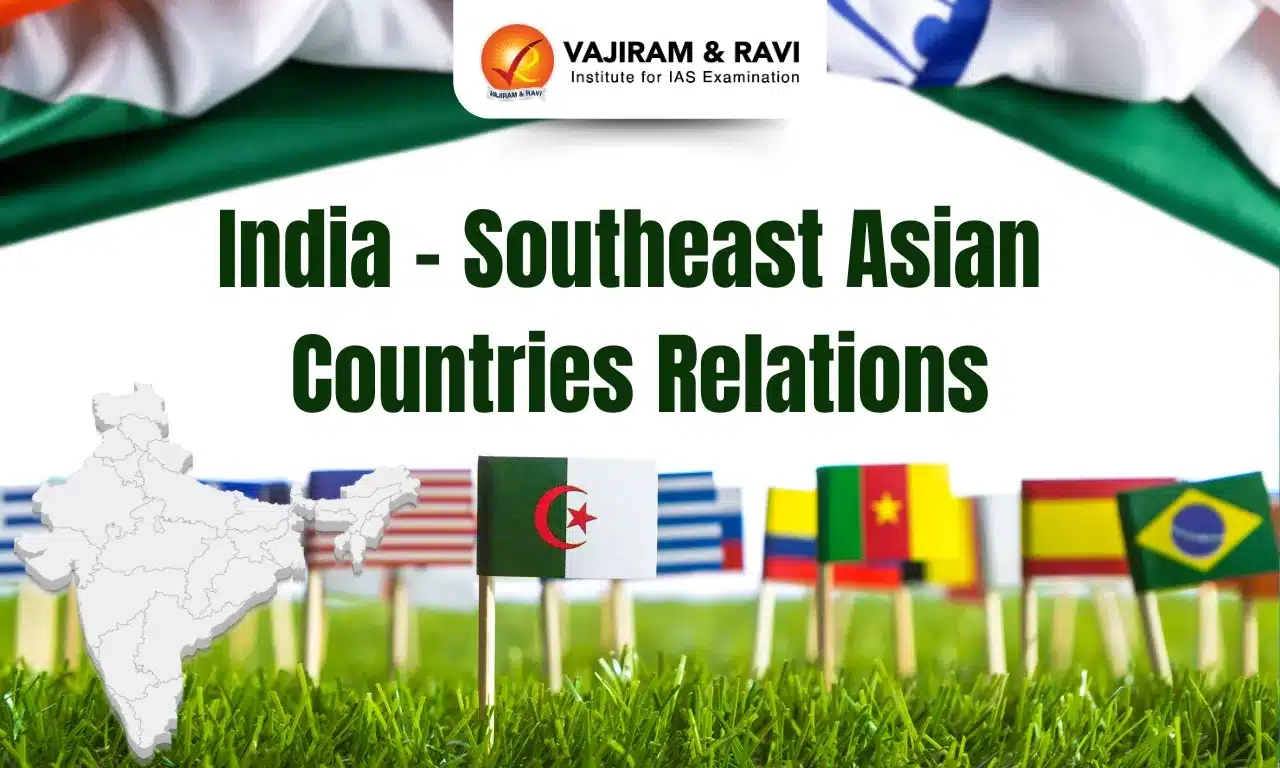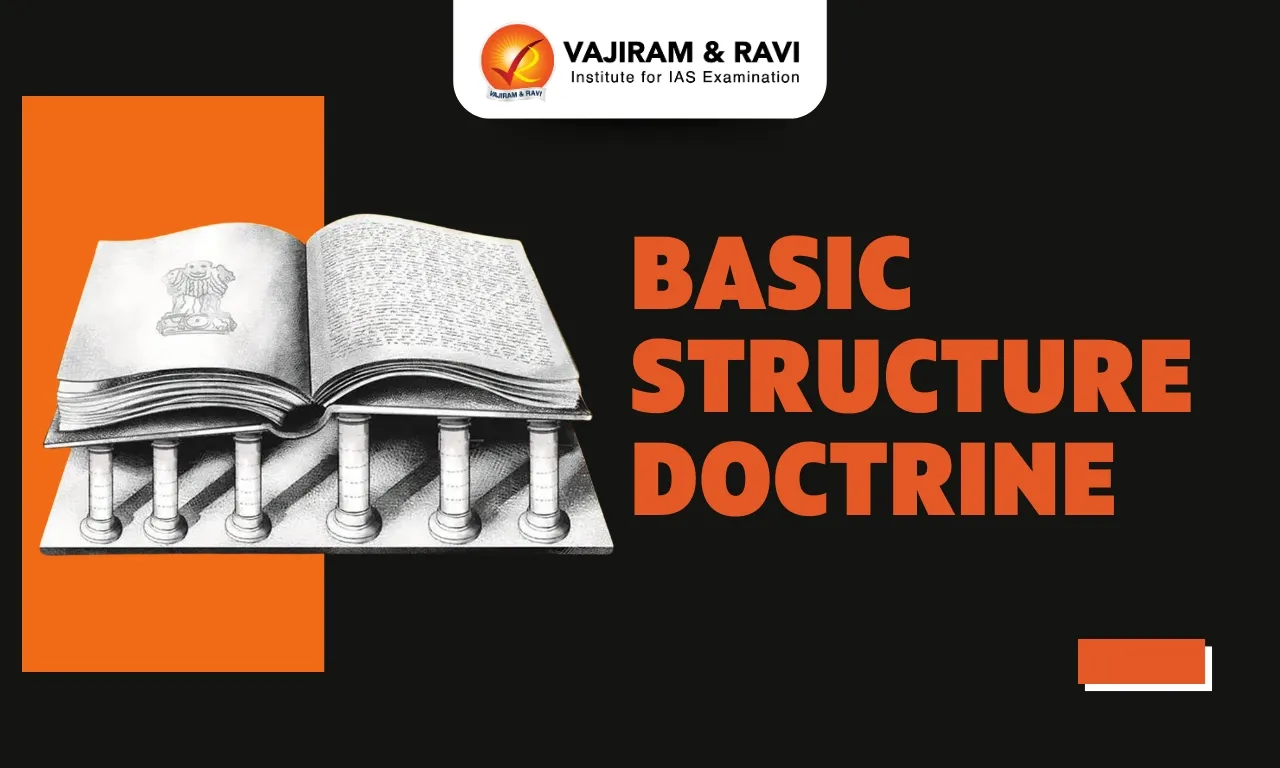What are the major countries of Southeast Asia?
Southeast Asia is a region in Asia that is located south of China, east of India, and north of Australia.
It consists of eleven countries that includes the 10 Association of Southeast Asian Nations (ASEAN) countries and East Timor. The 10 ASEAN countries include Brunei, Cambodia, Indonesia, Laos, Malaysia, Myanmar (former Burma), the Philippines, Singapore, Thailand, and Vietnam.
What is the global significance of the Southeast Asia region?
Due to its strategic location, Southeast Asia plays a vital role in global geopolitics:
- Strategic location: Southeast Asia plays a significant role in international relations due to its strategic location and abundant natural resources. Many major powers, like the United States, China, and Japan, have sought to influence the region and its countries due to this.
- Economic importance: The region is home to some of the world’s fastest-growing economies, including Indonesia, Vietnam, and the Philippines.
- Important for Indo-pacific strategy: Southeast Asia is located at the heart of the Indo-Pacific region and is a critical component of India’s Indo-Pacific strategy.
- Trade and investment: It is also a major hub for international trade and commerce, with important sea routes passing through the region.
- Example: ASEAN is a regional organization that promotes economic cooperation and integration among its member countries.
How has India’s relationship with Southeast Asia evolved over time?
India has a long history of cultural and economic ties with Southeast Asia and has traditionally viewed the region as an important part of its sphere of influence.
- Historical background of ties: India’s relationship with Southeast Asia dates back to ancient times when Indian traders and scholars established cultural, religious and commercial links with the region.
- Colonial period: India and Southeast Asia came under European colonial rule in the 19th and early 20th centuries.
- India’s struggle for independence inspired Southeast Asian nationalist movements, and India supported the anti-colonial struggles of countries like Indonesia, Vietnam, and Myanmar.
- Cold war era: India pursued a policy of non-alignment but maintained close relations with several Southeast Asian countries.
- Growth in ties since economic reforms of 1991: India’s economic ties with Southeast Asia have grown significantly since the 1990s, with the adoption of economic liberalization policies and the “Look East” policy
- Contemporary times: In contemporary times, India’s relations with Southeast Asia have evolved from Look East Policy to act east policy, regaining the influence that India had during historical times.
Look east policy and act east policy:
| Look East Policy | Act East Policy | |
| Origin | It was first announced in the early 1990s. | The policy was announced in 2014 by Prime Minister Narendra Modi. It builds upon the earlier Look East policy. |
| Scope | Focused on increasing economic, political, and cultural ties between India and Southeast Asian countries. | Broader focus on economic, political, and security ties with Southeast Asian countries, as well as other countries in the region, such as Japan, South Korea, and Australia. |
| Goals | Increase trade and investment with Southeast Asian countries, and promote regional economic integration. | Enhance economic, political, and security cooperation with Southeast Asian countries and other countries in the region, strengthening infrastructure and connectivity between India and the region. |
| Implications | Increased economic and cultural ties with Southeast Asian countries. | Expanded engagement with Southeast Asian countries and other countries in the region, increased influence and presence in the region. |
| Initiatives |
|
|
What are the areas of cooperation between India and Southeast Asia?
South East Asia is important to India from an economic, political, social, defence, maritime trade and security perspective. India and Southeast Asia cooperate in a wide range of areas:
- Economic
- Trade: India is a significant trading partner for many Southeast Asian countries. In 2019, India’s top five trading partners in the region were Singapore, Vietnam, Indonesia, Thailand, and Malaysia.
- Example: ASEAN is India’s fourth largest trading partner. India’s trade with ASEAN stands at about $78 billion in 2021, which is approximately 10% of India’s overall trade.
- Infrastructure development: India has been involved in a number of infrastructure development projects in Southeast Asia.
- Examples: India-Myanmar-Thailand Trilateral Highway, Kaladan multimodal transit transport project connecting India to Myanmar, Mekong-India economic corridor (MIEC) that integrates India with Vietnam, Myanmar, Thailand, and Cambodia
- Tourism: India is a popular tourist destination for Southeast Asians, and the region is also a significant source of tourists for India.
- Trade: India is a significant trading partner for many Southeast Asian countries. In 2019, India’s top five trading partners in the region were Singapore, Vietnam, Indonesia, Thailand, and Malaysia.
- Cooperation in Social Sector
- Education: Collaborated on education initiatives, including through the exchange of students and faculty, and the establishment of joint research and education programs.
- Health: Through the exchange of medical personnel and the establishment of joint health programs.
- Defense cooperation: Collaboration on defence and security issues, including through joint military exercises and the sharing of intelligence.
- Example: Military exercise Garuda Shakti between India and Indonesia
- India and Singapore have signed Bilateral Agreement for Navy Cooperation that will allow Indian Navy ships logistical support, including refuelling at Singapore’sChangi Naval Base.
- Energy cooperation: Cooperation on energy issues like the development of renewable energy projects and the import of oil and natural gas.
- Example: Several Southeast Asia countries are members of the International Solar Alliance.
- India’s OVL (ONGC Videsh Ltd.) and PetroVietnam of Vietnam have signed an agreement to explore oil and gas blocks in the hydrocarbon-rich South China Sea.
- Science and technology cooperation: Cooperation in science and technology issues through the establishment of joint research projects and the exchange of knowledge and technology.
- Example: There is a dedicated ASEAN India S&T Development Fund (AISTDF) to support R&D projects and associated project development activities.
- Cultural exchange: Many Southeast Asian countries have shared historical and cultural links with India leading to strong cultural ties.
- Example: Archaeological Survey of India (ASI) has been associated with the temple restoration work in Cambodia (Angkor Wat temple, Ta Prohm temple).
- Buddhism originated in India in the 5th century BCE and then spread to various parts of Asia, including Southeast Asia.
- Mekong Ganga Cooperation(MGC): It is an initiative by six countries – India, Cambodia, Lao PDR, Myanmar, Thailand and Vietnam for cooperation in tourism, culture, education, as well as transport and communications.
What are the challenges and limitations in India-Southeast Asia relations?
Some of the major challenges are:
- Limited connectivity: Although there have been efforts to improve connectivity through the development of road, rail, and sea routes, progress has been slow and inadequate.
- Competition with China: China’s growing influence in Southeast Asia is a major challenge for India. India has to compete with China in terms of economic and strategic influence in the region.
- Political instability: Political instability in some Southeast Asian countries has created challenges for India’s engagement with the region.
- Example: The political instability in Myanmar has made it difficult for India to develop strong ties.
- Low trade relations: Trade relations with Southeast Asia are yet to achieve their complete potential.
- Example: India still has a trade deficit with ASEAN (Imports to ASEAN amounts to $68 billion as compared to $42 billion exports in 2021-22).
- Territorial disputes in the region: Southeast Asia has been the site of numerous conflicts and disputes like the territorial disputes in the South China Sea.
What steps can be taken to strengthen India-Southeast Asia relations?
There are several steps that can be taken to strengthen India-Southeast Asia relations.
- Enhance trade and investment: India should work towards boosting trade and investment ties with Southeast Asian nations asking the lines of blue economy
- Strengthen security cooperation: India and Southeast Asia can work together to combat terrorism, piracy, and other transnational crimes. This can be done through information sharing, joint exercises, and training programs.
- Foster regional connectivity: Land and sea connectivity with Southeast Asia countries needs to be strengthened.
- Example: India-Myanmar-Thailand highway can be further upgraded.
- Expand cultural ties: Promoting greater cultural exchange and understanding can help strengthen ties between India and Southeast Asia. This can be done through exchange programs, cultural festivals, and other initiatives.
- Strengthening cooperation in sustainable development: India and Southeast Asia need to cooperate further in areas like sustainable development and climate change.
Last updated on June, 2025
→ UPSC Notification 2025 was released on 22nd January 2025.
→ UPSC Prelims Result 2025 is out now for the CSE held on 25 May 2025.
→ UPSC Prelims Question Paper 2025 and Unofficial Prelims Answer Key 2025 are available now.
→ UPSC Calendar 2026 is released on 15th May, 2025.
→ The UPSC Vacancy 2025 were released 1129, out of which 979 were for UPSC CSE and remaining 150 are for UPSC IFoS.
→ UPSC Mains 2025 will be conducted on 22nd August 2025.
→ UPSC Prelims 2026 will be conducted on 24th May, 2026 & UPSC Mains 2026 will be conducted on 21st August 2026.
→ The UPSC Selection Process is of 3 stages-Prelims, Mains and Interview.
→ UPSC Result 2024 is released with latest UPSC Marksheet 2024. Check Now!
→ UPSC Toppers List 2024 is released now. Shakti Dubey is UPSC AIR 1 2024 Topper.
→ Also check Best IAS Coaching in Delhi
India - Southeast Asian Countries Relations FAQs
Q1. What is ASEAN?+
Q2. What are the territorial disputes in Southeast Asia?+























